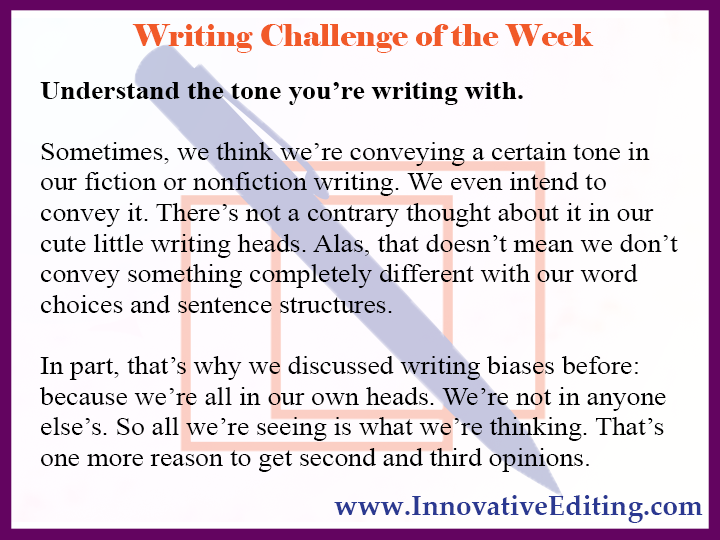Nobody’s Afraid of Virginia Woolf; We Just Don’t Like Her
- Jeannette DiLouie
- Jul 19, 2017
- 4 min read

Bring on the English-major flak, because I’m taking on a literary icon for Wednesday’s blog post! And unlike with Monday’s post, I’m naming her this time around: Virginia Woolf, the early 20th-century writer and stream-of-consciousness writing style pioneer.
Yup, this shining beacon of modernism (don’t worry if you don’t get that reference. It just means you probably weren’t an English major) is coming under my knife today.
Or pen, as it were.
Keyboard?
More accurate though that last one might be, it’s not nearly as scary sounding as “knife.” And speaking of scary sounding knives, what’s up with my attacks against other authors this week?
Well, for one thing, I haven’t done it in a while. At least I don’t think I have. Probably not? That is to say, not on any Innovative Editing blog posts anyway.
But that aside, it’s not like I woke up on Monday with ill intent in my heart. I didn’t rub my hands with glee and say to myself, “This shall be the week! The week where I make myself look like a fellow-author-attacking literary critic and a not-very-pleasant person in general!”
If anything, I was pretty jazzed about starting out a new daily schedule I’ve devised – which is going great so far, by the way. However, I really, really, really wanted to vent a little about how bad that American Revolution novel I bought really is. And then my original idea for today’s blog post fell through, leading me to scroll through my list of other potential blog post topics… only to fixate on the entry that said “stream of consciousness.”
Speaking of stream of consciousness, if you’re wondering what kind of crazy ramble this blog post is, and/or you’re judging me as a writer and editor, I completely understand. But there is a point to all of this. I promise. Just bear with me a little longer.
Don’t ask me why I put “stream of consciousness” on my potential blog post topics list in the first place. Just suffice it to say that it was one of the possibilities, right up there with a bunch of other stuff based on references from books my older sister stole from me months ago and hasn’t given back.
Oh, and just for the record, I had my married younger sister – who’s much less of a reading critic than me – check out one of the scenes (a DID, to be precise) in that American Revolution novel, and she was too mortified to read more than the first few paragraphs.
I now feel totally justified in my bad opinion of that book.
But back to Virginia Woolf and that stream-of-consciousness writing style. In 1962, a decent two decades after this writer died, a playwright named Edward Albee wrote a script called Who’s Afraid of Virginia Woolf? I’ve never seen or read it before, so I can’t tell you what it’s about (except that I don’t think it has much to do with Virginia Woolf). But I do have an immediate answer to that question of a title.
Nobody that I know of.
From what I remember of her, Virginia Woolf was not a scary writer. She’s just a convoluted one that English majors are forced to read in their feminist writers courses or modernism-centered literature classes. For me, it was the latter, and I distinctly remember being bored out of my mind even if I don’t remember much else.
See, here’s the thing about stream of consciousness. It intentionally bounces from one thought to the next since it’s supposed to be modeled after the inner workings of a person’s mind. Therefore, there’s no real need to be linear. No strict story timeline to follow. The writer simply writes how he or she thinks, complete with all the typical distractions and bunny trails our minds tend to take.
Really, this whole blog post is stream-of-consciousness. Which may or may not work for you, depending on your reading preferences. Maybe you like it. Maybe you hate it.
But even if you think it’s extremely engaging (in which case, you’re welcome), take this question into consideration…
This is a mere blog post. It’s less than 1,000 words. Not even 900, actually.
Would you still be so delightfully entertained if I went on like this for another 70,000 words, hopping onto one thought, then turning to something vaguely related, only to be sidetracked once again by something different before returning to that first hoppy thought again?
Believe me when I say that there’s a major difference between a stream-of-consciousness blog post and a stream-of-consciousness novel. 70,000 words of difference, to be precise. And if you don’t know what in the world I’m talking about, go read To the Lighthouse by Virginia Woolf.
Then come back and tell me you still like the style.
All of this is to say that, when you’re writing a novel, if you want to be known as an author who made money rather than an author who, sure, made the literary annals but now bores college students everywhere to tears – then display a good grasp of where your story’s going at every point possible.
Forget stream of consciousness. Forget being English-major artsy. And certainly forget Virginia Woolf – who, just for the record, nobody’s afraid of. They just don’t like her very much.




